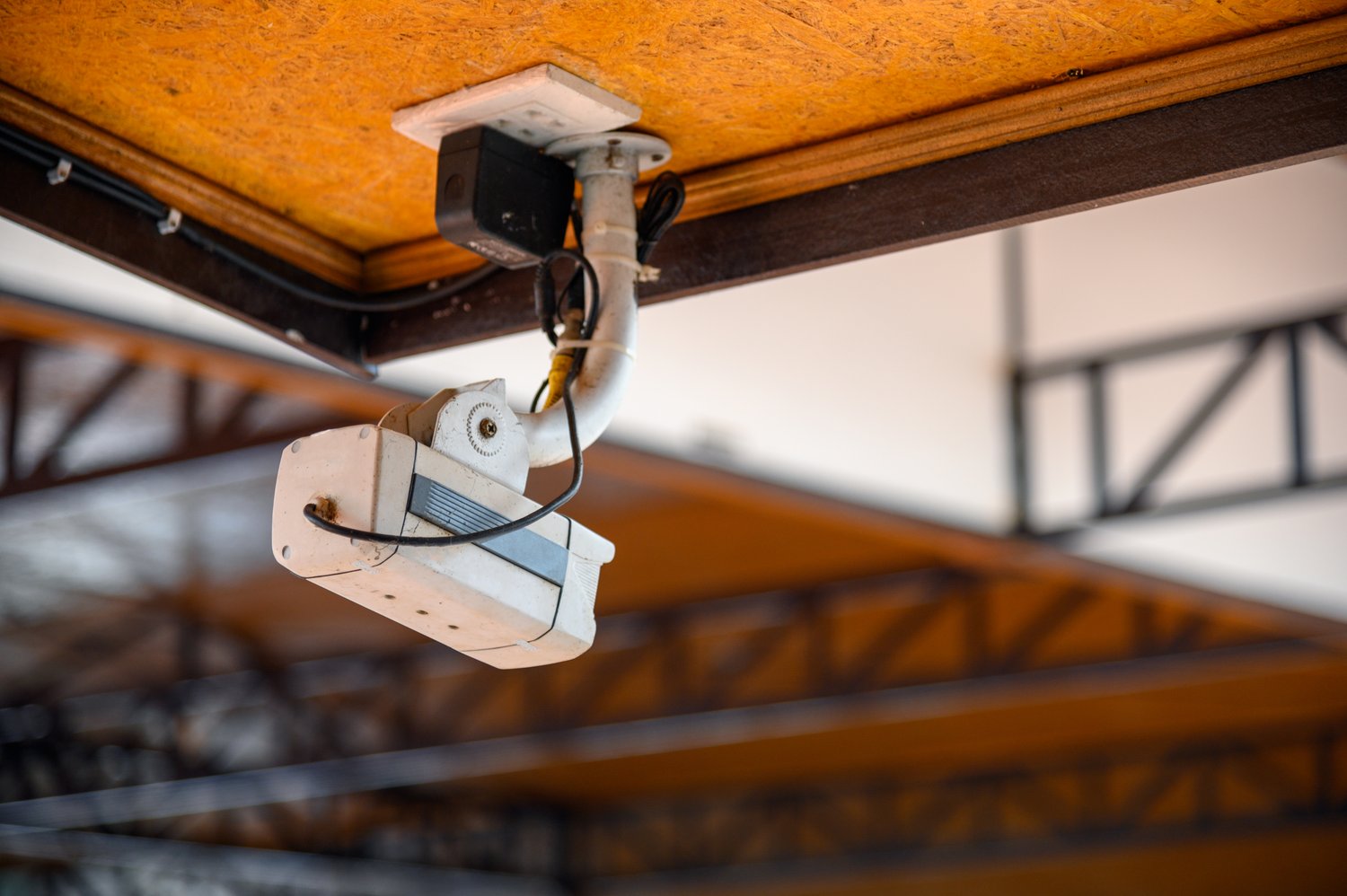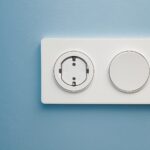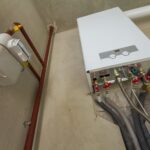Imagine arriving home, expecting the luxury of your smart garage door smoothly opening at your command, only to find it unresponsive. The importance of maintaining your smart garage door opener’s sensors and safety features cannot be overstated, as ensuring their reliability directly impacts your home’s security and convenience.
- Learn to identify common malfunctions in smart garage door openers, focusing on sensors and safety features.
- Understand how sensor issues often stem from misalignment or obstructions, and how to effectively diagnose these problems.
- Discover essential maintenance tips to prolong the life of your garage door opener, ensuring its safety and functionality.
- Explore practical solutions like recalibrating sensors or updating software to resolve common malfunctions, enhancing your system’s efficiency and security.
By delving into these topics, you’ll be equipped with the knowledge to ensure your smart garage door system remains dependable and secure, providing peace of mind and ease of access to your home.
Identifying Common Smart Garage Door Opener Malfunctions: Sensor and Safety Feature Solutions
Smart garage door openers are critical to modern home automation, enhancing convenience and security. However, these advanced systems can occasionally encounter malfunctions, frequently rooted in sensor issues or compromised safety features. Identifying these problems at an early stage is crucial for maintaining the optimal performance of your garage door and ensuring user safety.
Typical smart garage door malfunction symptoms include erratic behavior like the door not responding, reversing unexpectedly, or intermittent signal loss. Many of these issues can be traced back to faulty sensors or outdated safety components. By recognizing these warning signs promptly, homeowners and professionals can implement timely solutions, minimizing disruptions and avoiding potential risks.
Prioritizing a regular inspection routine for your smart garage door system is a proactive approach. This includes checking for sensor alignment, clean lenses, and ensuring that the safety features are functioning correctly. Early detection and maintenance help guarantee the longevity and reliability of your door opener, protecting your home and preserving the effectiveness of your security system.
Exploring Sensor Issues in Smart Garage Door Opener Systems
Smart garage door opener systems rely heavily on their sensors for optimal functionality and safety. When malfunctions occur, they are frequently due to common problems like misaligned or obstructed sensors. Understanding the role these sensors play is the first step in diagnosing and resolving potential issues.
Misaligned sensors are a common culprit when the garage door refuses to close or reverses mid-way. Sensors need to be perfectly aligned to communicate accurately. Dust, dirt, or debris blocking the sensor lens can also impede their function, leading to operational challenges.
Sensors operate by sending and receiving signals that allow the garage door to move smoothly and stop if an obstruction is detected. Ensuring their functionality involves not only visual checks but also regular testing. It is essential to keep the sensor paths clean and to verify their alignment regularly. Addressing these sensor issues effectively enhances the performance and safety of smart garage door systems, providing peace of mind for homeowners.
Maintenance Tips for Ensuring Smart Garage Door Opener Safety
To ensure your smart garage door opener remains in peak condition, regular maintenance is essential. This not only aids in longevity but also optimizes performance and enhances safety. One critical aspect is sensor cleaning. Dust and debris can accumulate, leading to misalignment or malfunction. Regularly wiping the sensors with a soft, damp cloth can prevent these issues. Be sure to handle them gently to avoid damage.
Beyond physical cleaning, testing the safety features of your smart garage door opener is crucial. Perform routine checks to ensure automatic reverse mechanisms are functioning correctly. This involves placing a small, lightweight object in the door’s path and confirming that it reverses upon contact.
Moreover, lubricating moving parts like springs and hinges reduces friction and wear. Using the appropriate lubrication ensures smooth operation and reduces strain on the motor.
Finally, keeping the software updated is another critical maintenance task. Manufacturers often release updates that enhance performance, fix glitches, and improve overall security. Regularly check for these updates and apply them to maintain the system’s effectiveness.
Resolving Smart Garage Door Opener Malfunctions: Sensor and Safety Feature Solutions
When dealing with smart garage door opener malfunctions, understanding practical solutions can make all the difference. If sensors are the culprit, recalibration is frequently the answer. Start by ensuring that both sensors are aligned perfectly. They should face each other directly without obstruction to ensure optimal performance.
Occasionally, software-related issues can cause malfunctions. In this case, updating the software could resolve these challenges. Updated software patches can eliminate bugs and increase compatibility with other smart home systems.
Another common solution is re-evaluating the system’s power source. Ensure all wiring is connected securely and check for any signs of wear or fraying. A stable power supply is crucial for the uninterrupted operation of the garage door opener.
Finally, consider enhancing your system with additional safety features if persistent issues occur. Some options include installing surge protectors, adding battery backups, or integrating advanced remote monitoring for an extra layer of security and reliability.
Smart Garage Door Opener FAQs
Why is my smart garage door opener not responding?
Common issues: Check for sensor misalignment, obstructions, or software glitches. Ensure a stable internet connection and power supply.
How do I recalibrate my garage door sensors?
- Power off the system.
- Align sensors with their indicators.
- Restore power and test the alignment.
What should I do if the safety features aren’t working?
Inspect for sensor debris, ensure correct alignment, and test with obstruction objects to verify functionality.
How often should I maintain my smart garage door opener?
Recommended: Perform sensor cleaning and system checks every 3-6 months.
Can I fix a smart garage door opener malfunction myself?
Yes, for minor issues like sensor realignment or software updates. For complex repairs, consult a professional.





